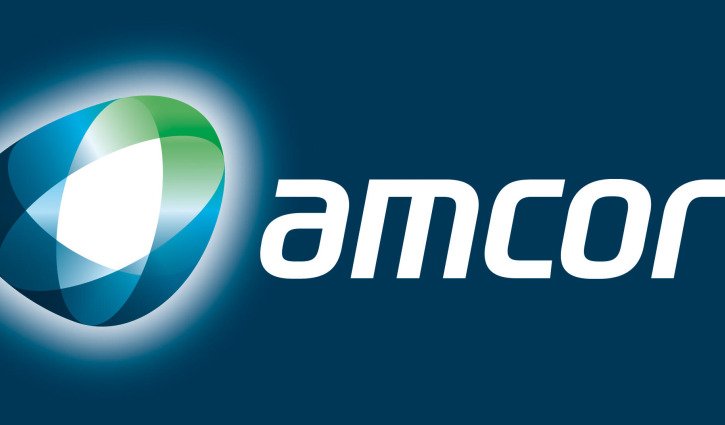An explosion of affordable micro-investment platforms have democratised the investment landscape. This means you can now invest in markets traditionally reserved for financial institutions and high net worth investors.
Thanks to a plethora of affordable financial products hitting the market, even cash-strapped and asset poor investors can get some exposure to local and offshore share markets or other asset classes previously out of bounds.
Azzet went looking for the growing range of investment vehicles responsible for levelling the playing field between rich and poor.
Here’s what you need to know to get started.
Peer-to-peer (P2P) loans: How they work
Investing in these managed investment products is like 'becoming the bank' (via P2P's intermediary).
Acting as an alternative lender to traditional banks, you allow individuals/businesses to take out more competitive secured and unsecured loans.
While P2P intermediaries – aka digital finance platforms - charge a platform fee from the loan costs borrowers pay, plus an application fee, the remainder of the interest rate paid on the loan transfers to you (the investor).
Once you’ve decided how much to invest, you can also decide how your investment (money) will be used.
For example, based on their creditworthiness, you may choose to fund one particular loan or invest in a wider basket of loans.
Alternatively, you may also be able to choose an interest rate and loan period that suits.
The money you lend is returned based on a pre-set repayment schedule.
You can either have your capital paid back along with loan repayments or at the end of the loan period.
P2P lenders typically target high single-digit returns. But remember, the higher the interest, the higher the loss possibility.
Key providers to check out:
SocietyOne, MoneyPlace (aimed at more sophisticated investors) or Plenti (formerly RateSetter) which targets all Australians.
Then there’s Harmoney, ThinCats Australia, OnDeck, Bigstone, Marketlend, and listed company WISR (ASX: WZR).
Micro investing apps
How they work:
Also known as 'loose-change investing', micro-investing products are a user-friendly, low-entry way to get exposure to the world of share market investing, a few coins at a time, while also raising your financial literacy.
Leading digital platform Raiz Invest (ASX: RZI) (formerly Acorns) acts like an electronic coin jar for loose change.
By linking it to your credit and/or debit cards, Raiz ‘rounds up’ the balance of your transactions to the nearest dollar. Every time a certain amount (say $5) is accumulated in your account, it’s invested in a mix of ASX-listed exchange-traded funds (ETFs).
You can withdraw all or part of your investment any time or transfer it to a Raiz super fund.
While digital investment platform Spaceship Voyager doesn’t have round-ups, it still allows you to start investing directly (with as little as $5) in an ‘Index’ portfolio containing 200 of the biggest companies in Australia, plus a few globally.
Another ‘invest-as-you-spend’ application is FirstStep, while ING’s Everyday Round Up, automatically rounds up change from transactions and deposits it into a savings accoun
Other micro-investing platforms to check out include:
- CommSec Pocket: CommSec's answer to micro-investing apps and does away with the high fees and high minimum trades associated with the regular CommSec platform.
- Pearler Micro: Allows you to invest in 10 specialised ETFs and also set up auto-investing.
- Sharesies: Lets you invest in a variety of Australian, New Zealand and US stocks and ETFs with no minimum investment amount.
- Douugh: Lets you buy US stocks from as little as $1, with competitive monthly pricing plans (and no fees if you make no trades that month). You can also invest in Bitcoin and a handful of pre-built investing portfolios.
- Syfe: Is a low-cost platform that lets you invest in fractional US share and low minimum trades on ASX shares, with competitive flat trading fees.
Fractional property: How it works
Fractional property funds take property assets and parcel them into tiny chunks – just like unit trusts – for you to buy.
One provider is a fintech known as BrickX, which buys a property, breaks it down into 10,000 “bricks” at an initial cost of around $100 or less.
Once you buy BrickX, you get your (pro rata) share of the rent.
BrickX properties are valued every six months and you receive your share of capital gains once the property is sold, typically after five years or when you on-sell your bricks.
Other fractional property platforms to check out include:
This article does not constitute financial or product advice. You should consider independent advice before making financial decisions.


